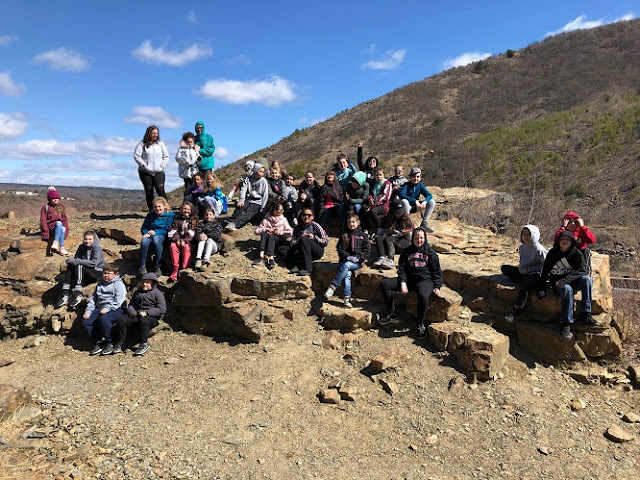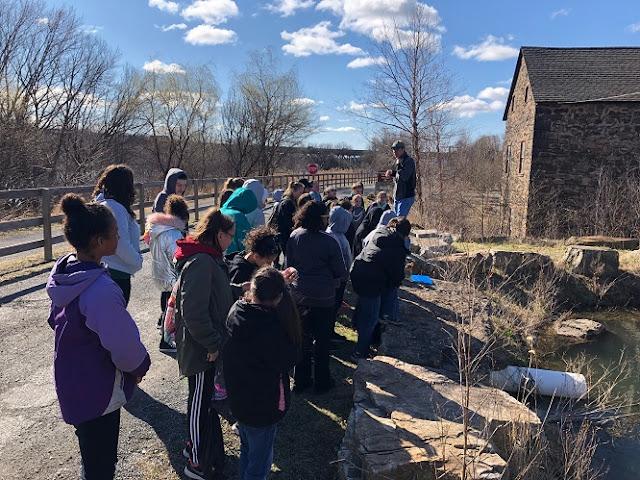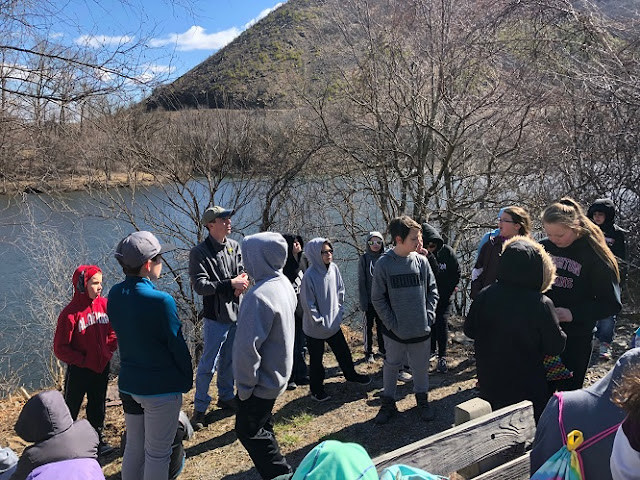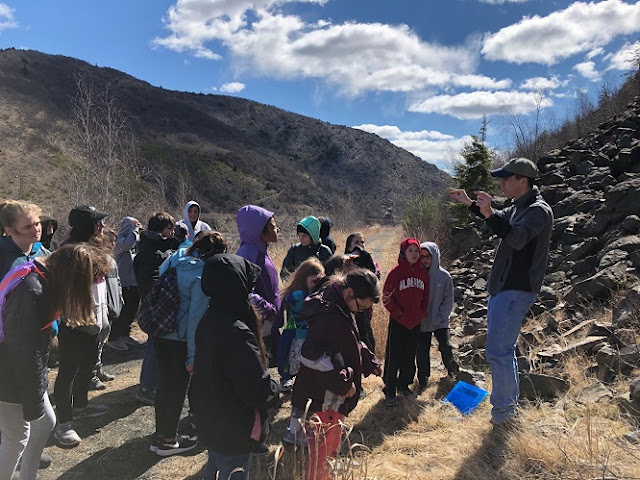 |
Clarence Smoyer as a student at
Lehighton in 1938. |
 |
Clarence with his wife Melba (Whitehead)
Smoyer. Melba grew up in Weissport. |
Once upon a time there was a boy who cared.
 |
| Pete Semanoff in elementary school. |
He was interested in others. He wanted to hear their stories.
He was focused.
He joined sports teams. He joined
the Boy Scouts.
 |
| Pete and Tara Semanoff |
He delivered the Times News. It was a great first-time responsibility.
People expected their paper every day at the
same time. Even when it was raining, or
really hot, or really cold, even when he didn’t feel his best, he did his duty.
He was learning discipline.
He mowed people’s grass, not just for the hard work,
but for extra spending money. It was his
own money. It was money he didn’t need to
ask from his parents.
He worked as a dishwasher at the American Legion. It was tough, hot, dirty work.
“It was a humbling experience, but to tell you the
truth, I had a blast with all those great people.”
The Boy Scouts have many merit badges. Pete earned his Citizenship in the Community,
in the Nation, and in the World. He
carried his “Totin’ Chip.”
 |
You earn this once you prove you are safe and responsible
enough to carry sharp-bladed objects. |
He did all this, not just because it was expected of
him by his parents, leaders, and teachers, but because he expected it of
himself.
Pete is not a superhero. He is not super human. He is not a famous athlete or YouTuber. He knew how to have fun, but he knew when to
work, when to focus, and when to keep going.
He was, and still is, a determined person.
He earned his Eagle Scout rank, the highest possible
in scouts. He picked what he thought was
a worthy project: Interviewing as many World War II veterans as he could find.
Pete spent many long hours recording and listening to
their stories in his family kitchen. He saved all the tapes. He wrote their words down and made a book: “WWII
Veterans of the Lehighton Area.”
One of those men, who sat at the Semanoff table, was a humble man from Lehighton named Clarence Smoyer.
 |
Clarence Smoyer was recently honored by his local VFW. On hand was the author of Spearhead Adam Makos holding the
blue paper and one of Clarence's fellow tankers from Easy Company Joe Caserta. Behind them are Pete's parents Gene and Evie Semanoff. Clarence is holding the book that started it all, Pete's book and Eagle Scout Project "World War II Veterans of the Lehighton Area." |
As Pete and his father listened they realized this
retired steel factory worker, who loved to roller-skate with his wife, was a genuine
war hero. Clarence was a former tank gunner who really
never told his story before.
Pete’s dad kept saying, “This story is incredible…This
should be made into a movie.”
When Pete went to college he became friends with
another determined young man named Adam Makos.
Pete made sure Adam took the story seriously. It was Pete’s special project and his friendship
with Adam that led to the publishing of the New York Times best-selling book Spearhead
about Clarence’s war service.
Clarence saved many men with his quick thinking and
action. Please read his book
sometime. You will be a better person
for doing so.
Both Pete and Clarence knew their duty: they were
responsible to themselves, to their family, and to their country.
Both Pete and Clarence are ordinary people. We are lucky to still have Clarence with us because there are so few of his generation left. We are lucky Pete had the foresight to document their stories and their lives because so many of them are no longer with us. Pete's gift to us is priceless. And so is Clarence's.
Both Pete and Clarence played a small part in something larger than
themselves.
They are common people who are extraordinary.
Both are living a long and happy life.
And guess what else?
Clarence's story will soon be made into a movie!
~~~~~
Pete is currently serving his country as a Major in the U.S. Army. He served tours in Afghanistan and Iraq, earning the Bronze Star in each campaign.
~~~~~
UPDATE - 18 September 2019 - Washington D.C.'s WWII Memorial - Clarence Smoyer gets Bronze Star 75 years later. Major Pete Semanoff of the 9th Cavalry pinned the medal on his longtime friend.
Here's Smoyer's bio, written by author Makos:
One of World War II’s most legendary tank gunners, Clarence Smoyer, of Lehighton, Pennsylvania, enlisted in the U.S. Army in February 1943. After training at Fort Indiantown Gap, he was assigned to the 3rd Armored Division, one of America’s two heavy armored divisions, later known by the nom de guerre: “The Spearhead Division.” Clarence came ashore three weeks after D-Day and served as a loader and later, gunner, on a Sherman tank. On September 2, 1944, he knocked-out a Panzer IV tank that had infiltrated American lines at Mons, Belgium, the first of five tanks that he would be responsible for disabling or destroying. Having been assigned to one of twenty top-secret Pershing tanks rushed to the European Theatre, Smoyer earned a notable place in history during the battle for Cologne, Germany, where he fought a dramatic duel with a German Panther tank at the city’s cathedral. An army cameraman filmed this engagement and the resulting footage appeared in newsreels worldwide. Smoyer would go on to fight with the Spearhead Division until the end of the war in Europe. In civilian life, he married his sweetheart, Melba, had three children, and worked his way into a supervisor’s position at an industrial plant. Now retired to Allentown, Pennsylvania, he remains one of the last living heroes of the legendary Spearhead Division.
 |
| For the past several years, the official Army website and Twitter account has used this photo as their banner for Veterans Day. |
 |
| As part of a surprise in launching his book Spearhead, the author Adam Makos surprised Clarence by showing up at his home with a WWII vintage Sherman tank. He was feted by many Allentown dignitaries, Clarence's current hometown where he lives with his daughter Cynthia. |
 |
Here is Clarence and the author riding in a Sherman tank to his local VFW. The Sherman was out gunned by the Germans.
So the United States developed a new tank, the Pershing, by the end of the war. It was Clarence who was chosen as the gunner for this experimental tank. Because it was the best we had, he was always in the lead tank, the tank other enemy tanks would fire upon first. Clarence lost many good friends during the war. It was not easy. |

 |
In the waning days of the war, Clarence's company was asked to do something critical and dangerous: Attack Paderborn, Germany. It was known as the German "Fort Knox." Additionally, it was the home base for Germany's tank school. Clarence and his men would be going against Germany's most tactical tank fighters. The battle did not go well. Clarence even had to abandon the tank after receiving a shell to the tank tube muzzle brake. It looked like the Americans were going to lose this battle. But Clarence rallied his men to the idea that perhaps the tank could still safely fire. So they went back in and against improbable odds they won the day. Also sitting with Makos is fellow easy company tank driver and later
tank commander Joe Caserta who is also mentioned in the book. He was a recipient of the Purple Heart. |
 |
Here is a picture from Spearhead of Caserta and his tank known as 'Everlasting.'
Everyone in 'E' or Easy Company named their tanks beginning with the letter 'E.'
Clarence's Sherman was named 'Eagle.'
|
 |
2013 Captain Semanoff (at that time) - Came back home to give back,
to share with Lehighton Middle School students about why
we should honor those who served before us. A constant and current
theme of Semanoff's is giving back, especially to his hometown. |
 |
Major Pete Semanoff has always been a focused and dedicated person.
His grandfather Joseph Semanoff served in WWII and
was our State Representative.
He also had a great uncle who received the Silver Star.
His father Gene was a veteran of the United States Air Force. |
 |
| Joseph Semanoff - 101st Airborne WWII |
 |
Here is Clarence and his fellow tankers after the battle of Cologne.
The film of this tank battle is considered to be the most famous battle film
of WWII. The Jim Bates film is easily found on YouTube.
You can even find several documentary clips of Clarence discussing his
war experience. It was Clarence's first time seeing the footage in the
1980's VHS tape that caused Clarence to re-examine the part of his
life he spent in war. It was not an easy time for Clarence who
had all but put those memories aside. |
 |
Clarence Smoyer's WWII portrait with
his Third Armored Patch. |
 |
Clarence recently made a surprise visit to the
Lehighton Elementary Center to meet
with students and share his story. |
 |
The author Adam Makos and Clarence Smoyer on one of their research
trips to Germany to write the book Spearhead. |
 |
| Former Enemies, Forever Friends - Even though these men faced each other at the Battle of Cologne, it was their friendship after the war that helped Smoyer understand the feelings of guilt over Esser's death. To learn more, please read the book "Spearhead" by Adam Makos. While writing the book, Makos was able to reunite the friends in person one last time before Gustav Schaffer passed away. |
 |
Clarence even got to ride a tank in a Boston parade because
of his book Spearhead. When he first spotted what he used
to call his 33-ton sardine can he said, "Here's an old friend." |
 |
| Clarence wanted to meet students at the Lehighton Elementary Center with a surprise visit a few years ago. He came to share memories of his life with the fifth graders. They couldn't stop talking about him and his story. Both Clarence and the students were deeply touched by this visit. |
 |
| Clarence brought posters to share of his recent publicity tour for his book, which is now being made into a Hollywood movie! |
This is Pete along with a member of the "Devil's Brigade" a precursor of our special forces. His name is Bert Winzer and he survived the landing/drop in at Anzio and Cisterna.
 |
Major Randy Fritz (ret.), Ron Rabenold, UVO Commander
Kevin "Spike" Long and Third Armored Tank Gunner
Clarence Smoyer have lunch at the Lehighton
Legion Post 314 - Memorial Day 2018.
(Randy Fritz is a brother to the Elementary
Center's Mrs. Donna Lilly.) |
Speaking of 'Old Friends' - Here is Clarence Smoyer meeting Gustav Schaeffer.
Gustav was in a tank that was hit by Clarence in the battle of Cologne. When Clarence was
dealing with his PTSD over the possibility of accidentally shooting German civilian Kathi Esser, he
reached across the Atlantic to meet his former foe Gustav. They because fast friends and by sharing
their memories together, it helped Clarence cope with his difficult memories of the war. The two
maintained contact through Skype and Clarence returned to Germany to see his old new friend.
Gustav Schaeffer just recently passed away. His story is also told in Spearhead.

|
Mr Rabenold, with his Korean War veteran father Randolph,
Semanoff, Nate Rabenold, and Jon Rabenold - May 2013.
(Click here for Randy Rabenold's Korean War Story and his
friends known as the Bulldogs.)
|






















































